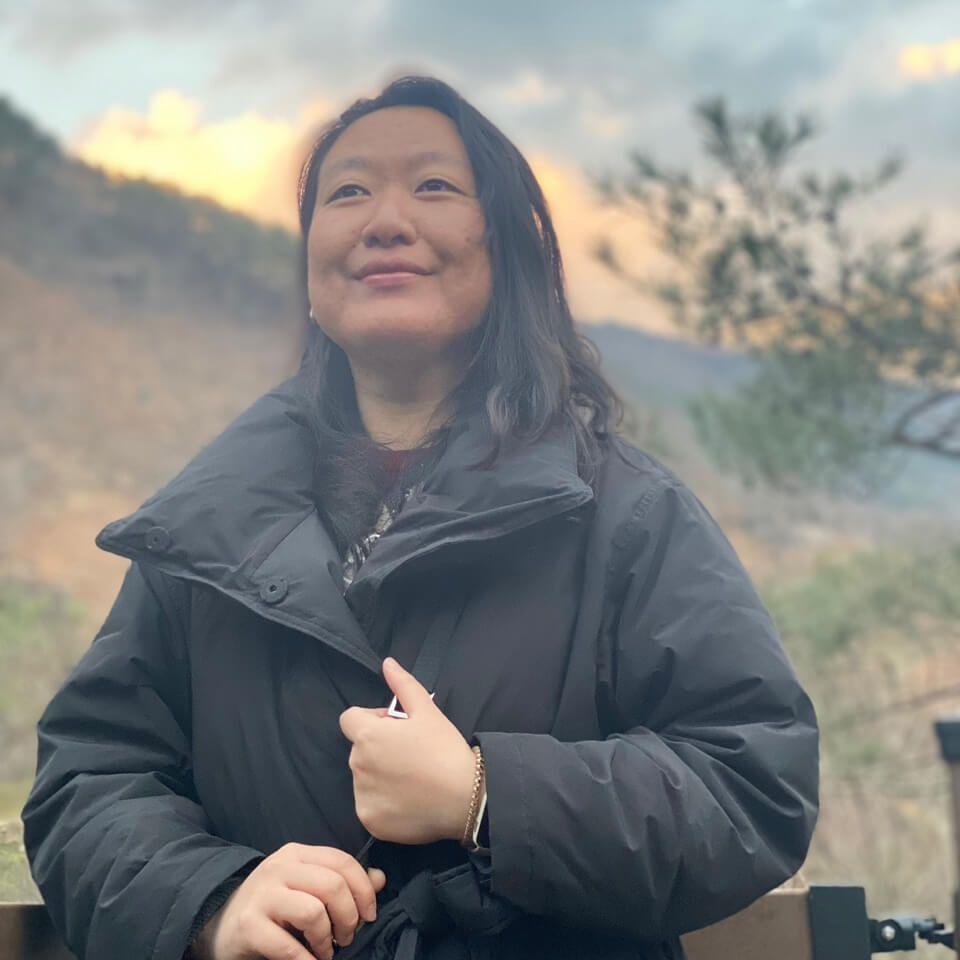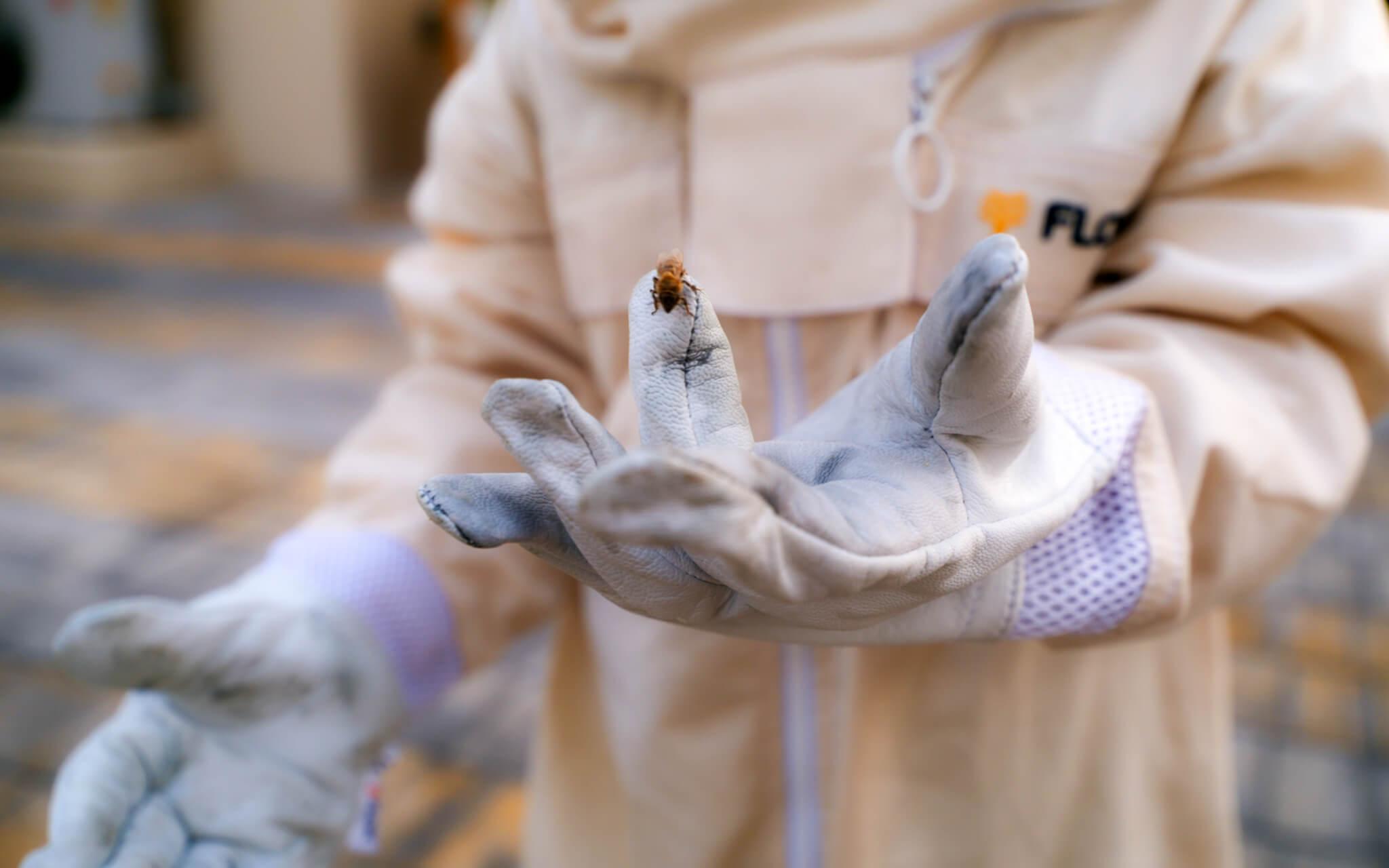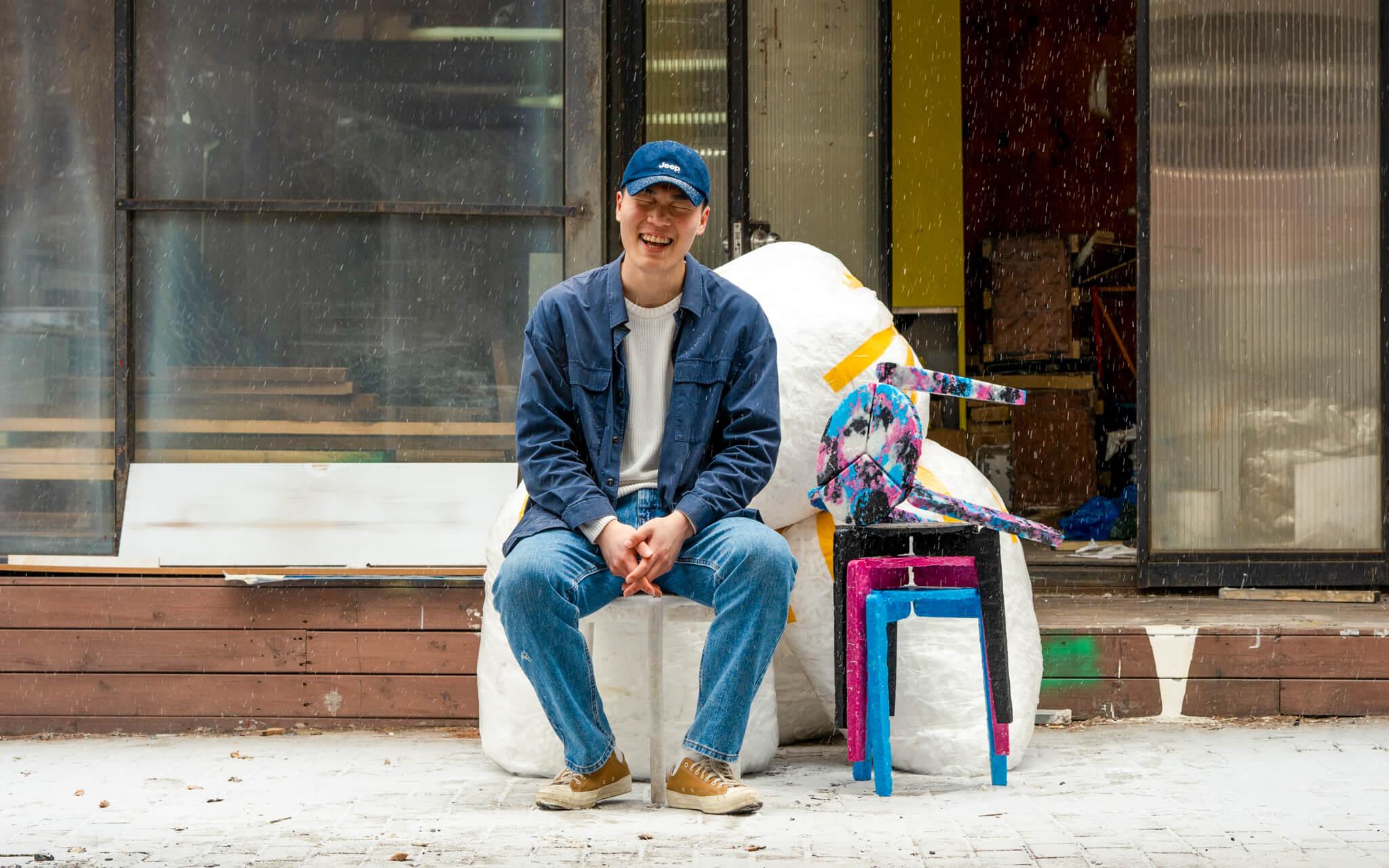Quilting the Map of the Great Plains
Wally Dion is a visual artist from Saskatchewan, Canada, with an Indigenous Yellow Quill heritage. Based in Binghamton, New York, he’s best known for his various quilt works that tell the stories of Indigenous American peoples.
“I try not to click on any random links.”
From his studio, filled with colourful pieces of fabric, Saskatchewan native Wally Dion speaks candidly about his initial hesitation before clicking the link to our interview session.
He is wary of how much technology allows us to do these days, but more on that later.
Wally starts with the story of Wanuskewin Heritage Park in 2020, where four large stones were found by several bison hoofing, taking a dirt bath, and turning the soil. He and a few other artists were asked to make new work commenting on the findings and significance of these stones.
“There were petroglyph-like drawings etched onto them. And the park wanted me and a few other artists to release artworks related to the theme,” he explains.
However, the removal of the stones didn’t resonate with him. ”I felt that the stones should have stayed where they were. But the park dug them out and moved them into a museum. Instead of the stones, I decided to focus on the bison and what it meant for the bison to be in the Prairie.”
Aside from occasionally digging up exciting archaeological findings, bison are revered as holy beings, a keystone species that play an essential role in driving changes necessary for the environment to thrive. Their grazing and dirt bathing shape the terrain for birds to nest and rainwater to pool, creating little ponds crucial for the ecosystem.
The bison helped Wally direct his Grass Quilts series to represent the elements that make up the ecosystem of the Great Plains. “I wanted to make four transparent quilts so that when they are superimposed, they would make a complete shape of the Morning Star,” Wally explains. “They must come together for us to see a complete picture.”
The Morning Star, a traditional symbol for Indigenous peoples, signifies hope, guidance, and divine presence.
Each quilt that Wally creates has a story that accompanies it.
“One is about the summer grass fires needed to keep things in balance in the prairies. The second one is about the cold winter – subzero temperature balancing out the insect population,” Wally says.
“The third one was about bison. They keep the grasslands flourishing, eating, spreading seeds, and fertilising the land with manure,” he continues. “And the last one is about the sacred sweet grass. We harvest them, weave them into braids, and burn them for ceremony, along with sage, to cleanse the spirit. We also gift them.”
When he saw this Sweet Grass quilt hung in a gallery, he realised galleries and museums were limiting mediums. “He turned to his wife for advice. “She said, ‘Why don’t you see what they look like outside?’”
It’s a compression of electronic waste – a fossilised ancient creature. But when it’s on the wall, it’s a topographical map.
And thus began Wally’s outdoor displays of the quilts. “I think from there, it was game over for galleries and museums. They [the quilts] don’t look good in museums.” On his social media profiles and website, his quilts wave in the fields on a breezy day, sometimes with Wally holding them high on horseback. The spirits of nature seem to be best represented when they’re in nature.
But where does technology come into all this? Wally shares that before quilting with fabric, he used recycled circuit boards that he would find at e-waste junkyards.
“I was digging around, thinking, ‘What would these electronics look like after they’re compressed in time, like a mountain? That’s when I wanted to make Thunderbird.”
Thunderbird shows circuit boards quilted into a “half petroglyph, half fossil” shape, which Wally intended to work in two ways: “It’s a compression of electronic waste – a fossilised ancient creature. But when it’s on the wall, it’s a topographical map.”
Thunderbird’s message warns against the hasty advancement of technology, using the feared Indigenous deity Thunderbird as a symbol for the fossil fuel released into the air. “We don’t know how these things work,” he says. “But they give you so much comfort and convenience. And we tend to 100% rely on them.”
Wally’s artistic expressions are deeply, unabashedly rooted in his Indigenous upbringing in Canada, an upbringing that meant he’s always been socially and environmentally aware. “My mother is Indigenous, and my father is of European heritage. I spent a portion of my life in foster care,” Wally shares. “A strong part of my practice comes from growing up in state care and social consciousness of Saskatchewan – a sort of a democratic socialist paradise.”
“When you subscribe to popular media, you become aware of the nature-loving trope of Indigenous people. Like, we’re ‘good at nature,’” Wally chuckles. “Sometimes when we’re just hanging out, we would laugh at ourselves because we actually do feel the trope is true, and we’re okay with it.”
Quilts, once essential in Indigenous people’s way of life, are now Wally’s way of telling us the stories he’s lived and learned in the Great Plains of Saskatchewan. These stories show us the meticulous harmony of the Great Plains while also urging caution toward how fast we, as humanity, are growing dependent on something that we don’t quite understand–something that can be as destructive as an all-controlling deity.
Wally’s works are a reminder, a map, a topography of the complexities of nature. And the fate of those that mimic nature by extracting from her.
Most Popular
The Climate Tribe delivers stories about Biodiversity and Conservation, Circular Economy, Food and Water , and how they intersect with climate.
Subscribe
Get the latest stories inspiring climate action around the globe straight to your inbox.






